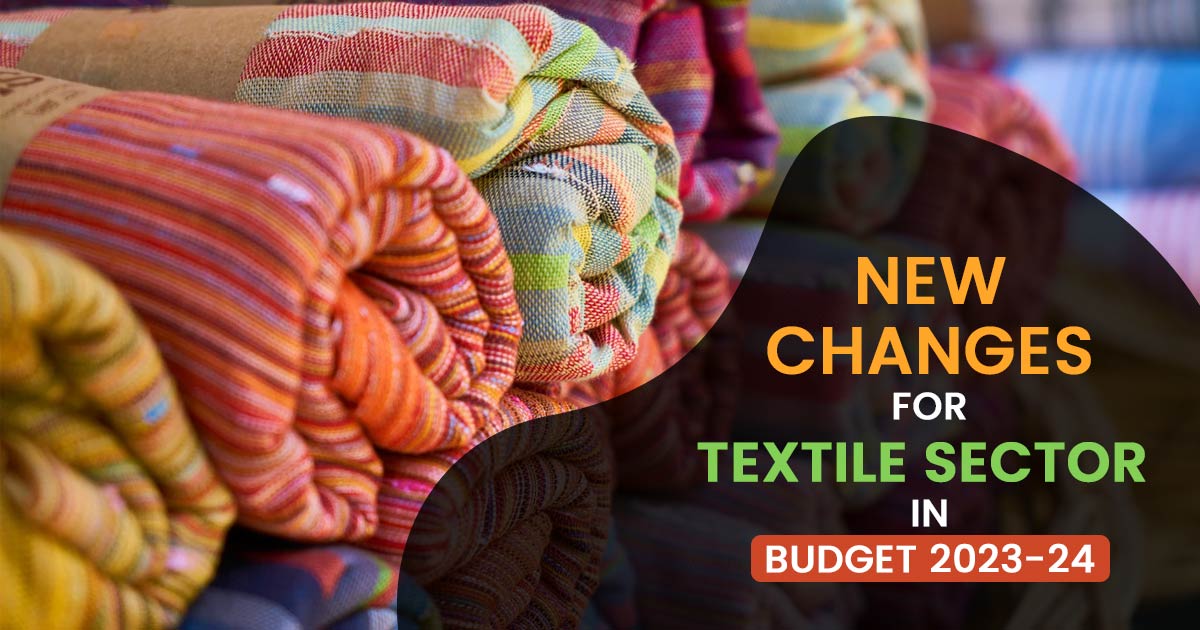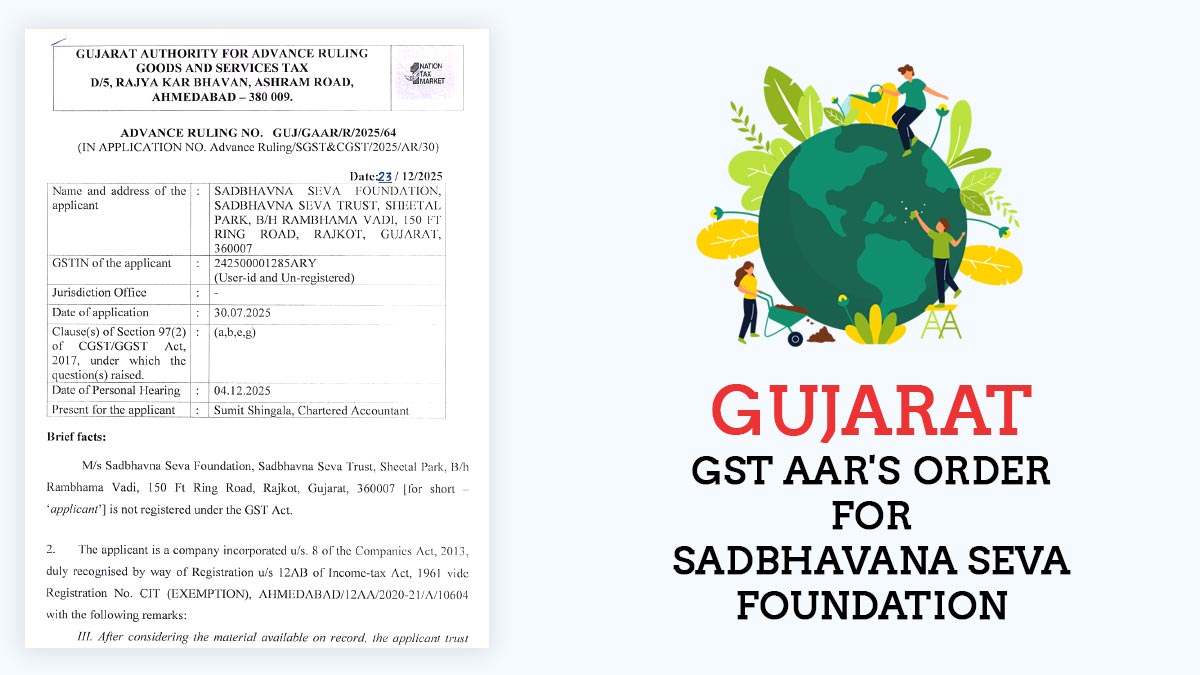
In order to increase India’s competitiveness in cash-strapped Western markets, the government is expected to propose changes to the tariff structure for the $200 billion Indian clothing and textile sector in the Union budget next month, according to a senior government official.
According to textile producers, the high cost of cotton has pushed them to reduce the number of manufacturing days. However, due to a decline in worldwide demand, exports of cotton yarn, a crucial raw material, are predicted to decline by 28–30% in FY23.
According to the official quoted above, Our thinking is to prevent an inverted [duty] structure in trade and to ensure that, if it is essential to import raw materials, the cost must not be high, which would make our end product uncompetitive.
Undoubtedly, increased cotton production during the upcoming cotton season in 2022–2023 may lower cotton prices.
At one stage during the current fiscal year, an imbalance between supply and demand drove Indian cotton prices to a record high of Rs. 1 lakh per candy. As a result, imports saw a significant increase. Between April and November 2022, imports of “Cotton Raw & Waste” increased by 260% to $1.3 billion, up from $361.83 million over the same period the previous year. In the meanwhile, we are putting novel agricultural methods into practice to increase cotton yield for good farming.
In cooperation with the industry, branding efforts are also made for Indian cotton types such as “Kasturi cotton,” which will benefit the sector in the long run. Large markets for Indian textile products would be made available thanks to free trade agreements, particularly with the EU, UK, and Australia, the official continued.
President of the Cotton Association of India, Atul S. Ganatra, requested a waiver of the import tax on cotton. Cotton imports will be subject to an 11% tariff starting on February 2, 2021. Our value-added products are no longer as competitive on the global market, and our textile sector, which is the second largest employer in the nation, is now only able to operate at 50% of its installed capacity.
Concerned about the lack of extra-long staple (ELS) cotton in the nation, the association suggested that cotton farmers receive more MSP to increase ELS cotton output. Each year, India needs about 2 million bales of ELS cotton but only produces about half a million.
We have been requesting the abolition of cotton duty. primarily on extra-long-staple cotton, which is unavailable in India… because of the pressure on cotton prices. Additionally, the farmer is not affected by this in any manner, thus it is also not sensitive. These kinds of raw commodities are quite seasonal, and they are essential to the value chain. Chandrima Chatterjee, secretary general of the Confederation of Indian Textile Industry (CITI), said: “It may also be a highly calculated action.
Representatives from the industry added that a tax issue that falls under the purview of the GST council has to be corrected. Under pressure from companies, the GST Council opted to postpone a vote to increase the tax rate on a number of products in the textile and clothing sector.
The GST Council opted not to undertake a planned rectification of a tax anomaly in the textile industry that would have necessitated a rise in the tax rate from 5% to 12% as of 1 January last year, according to Finance Minister Nirmala Sitharaman.
Till publication, the ministries of commerce and industry, and textile had not responded to queries.









